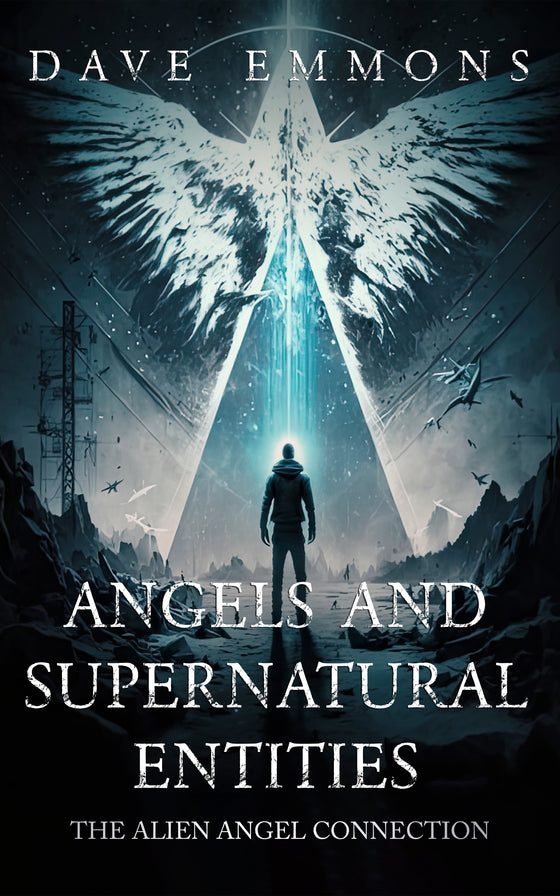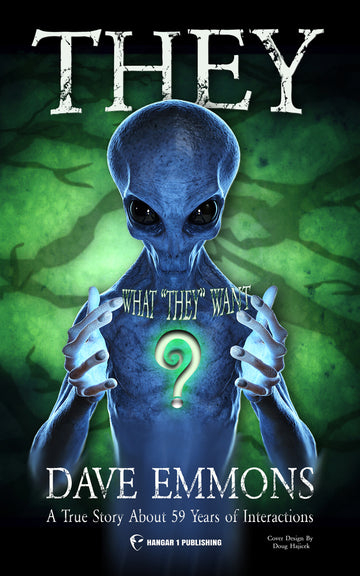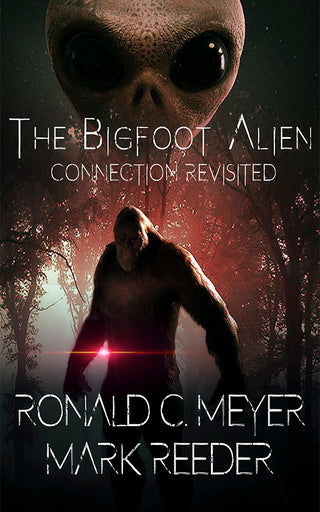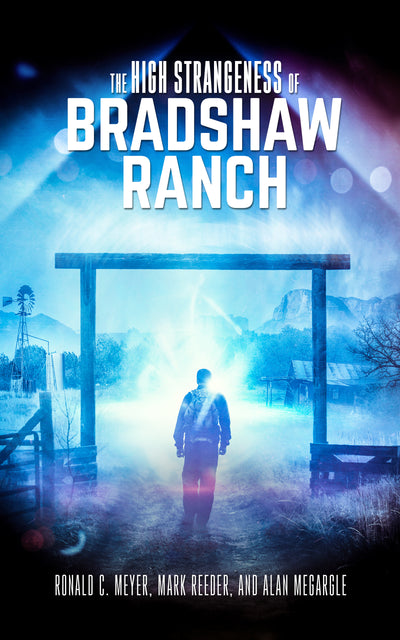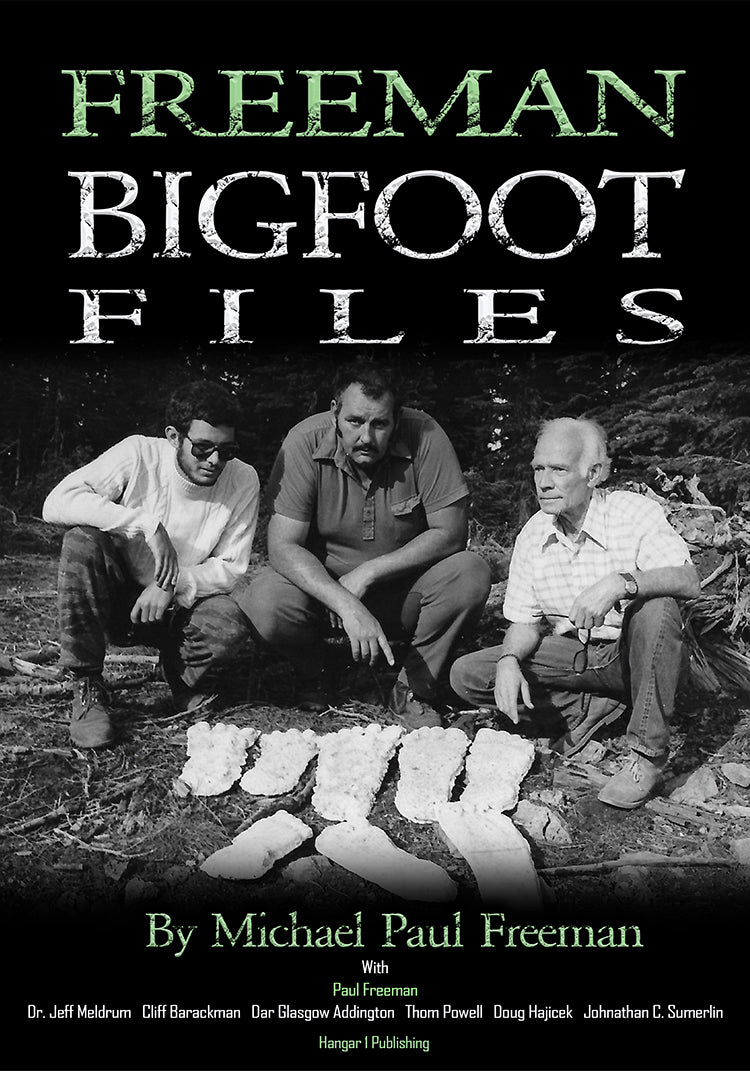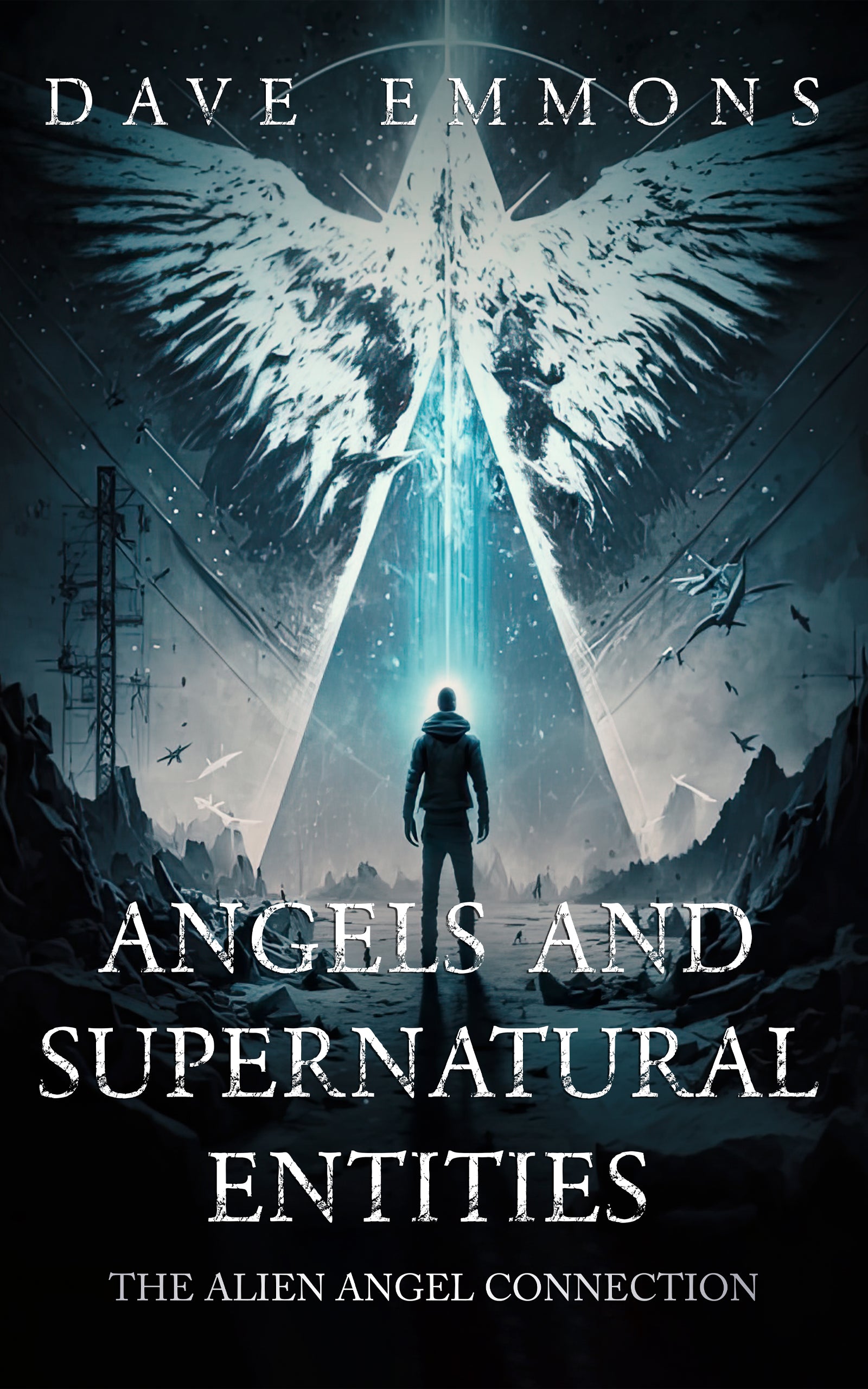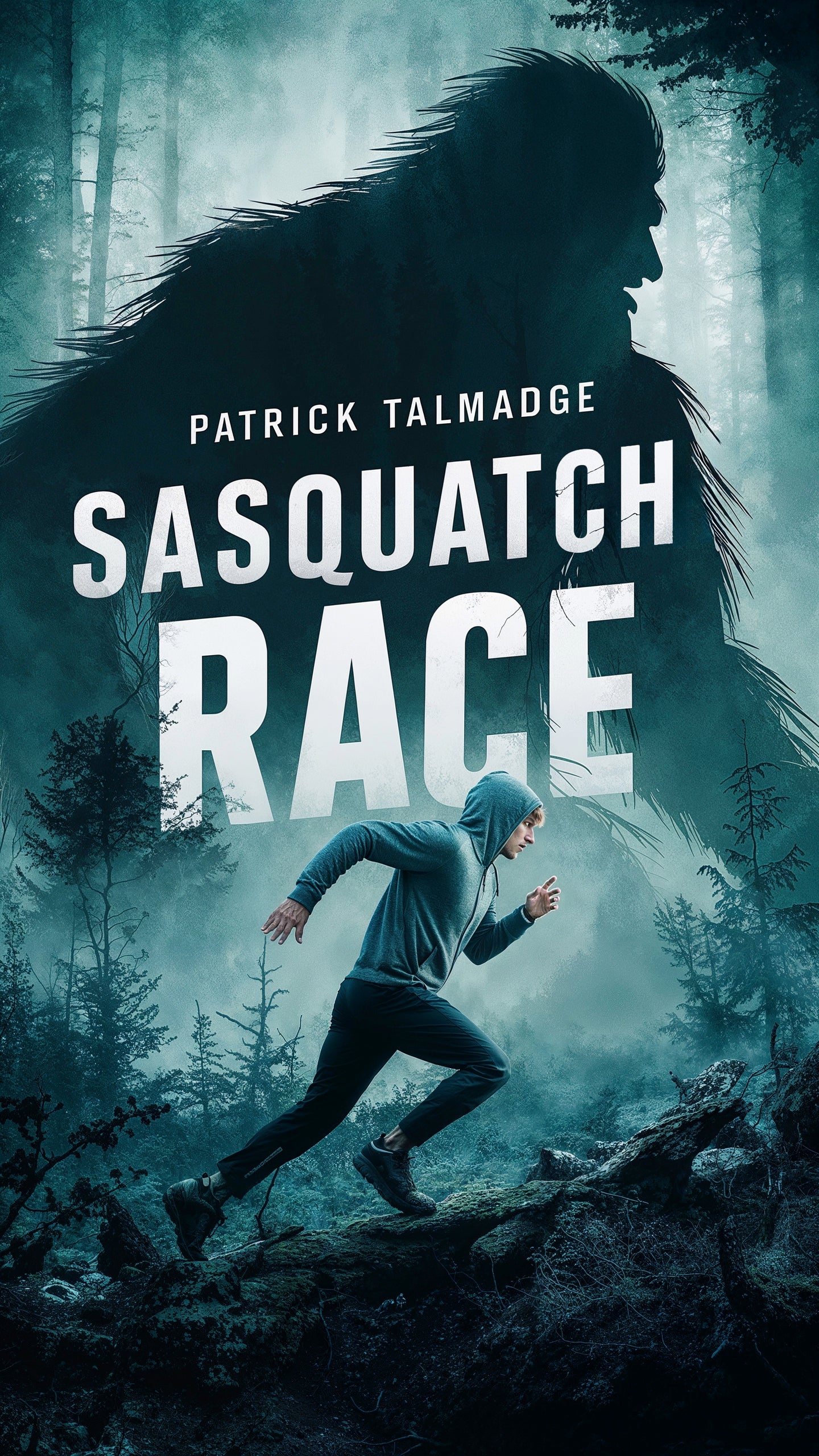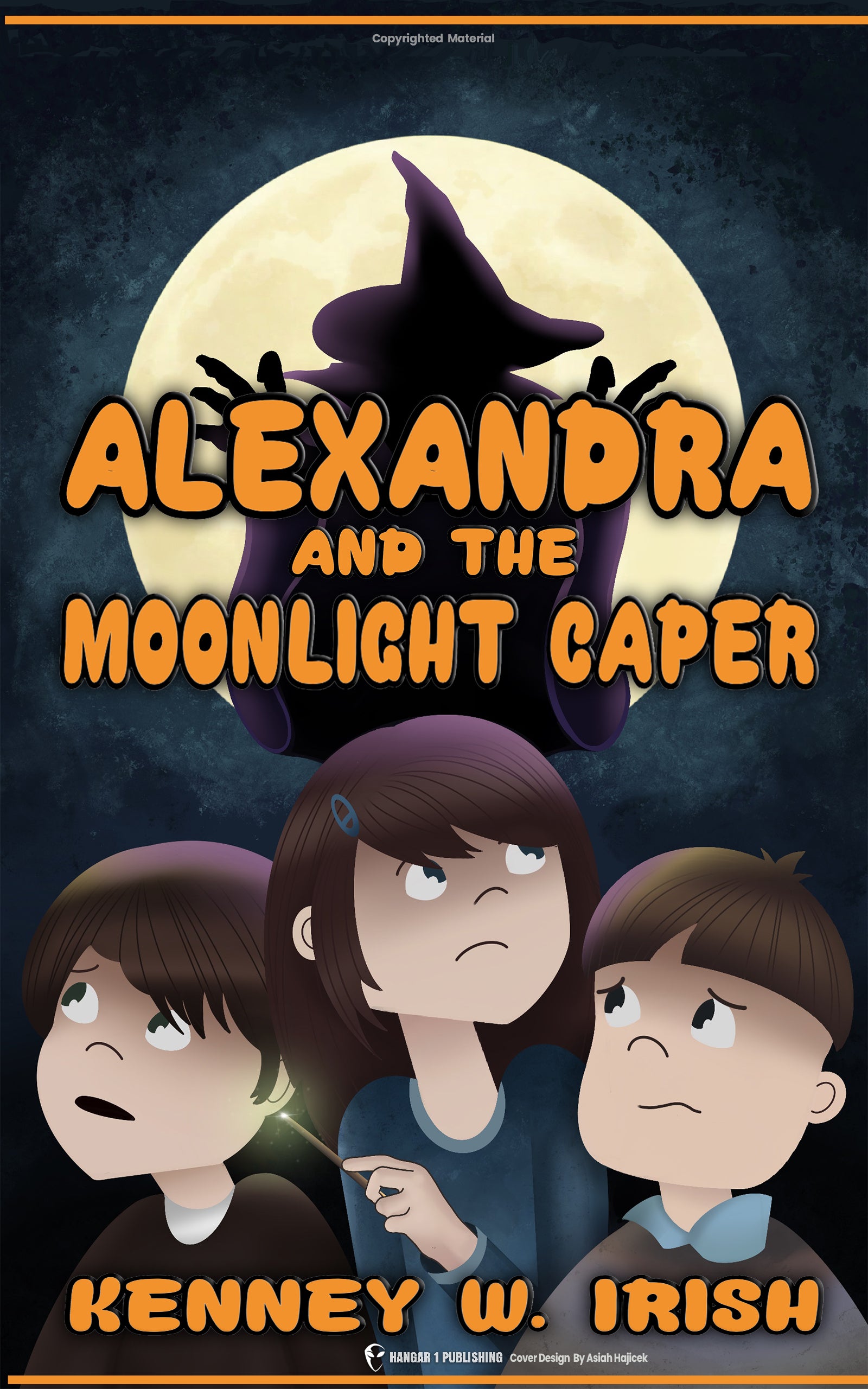Declassified CIA Files Reveal Hidden Secrets
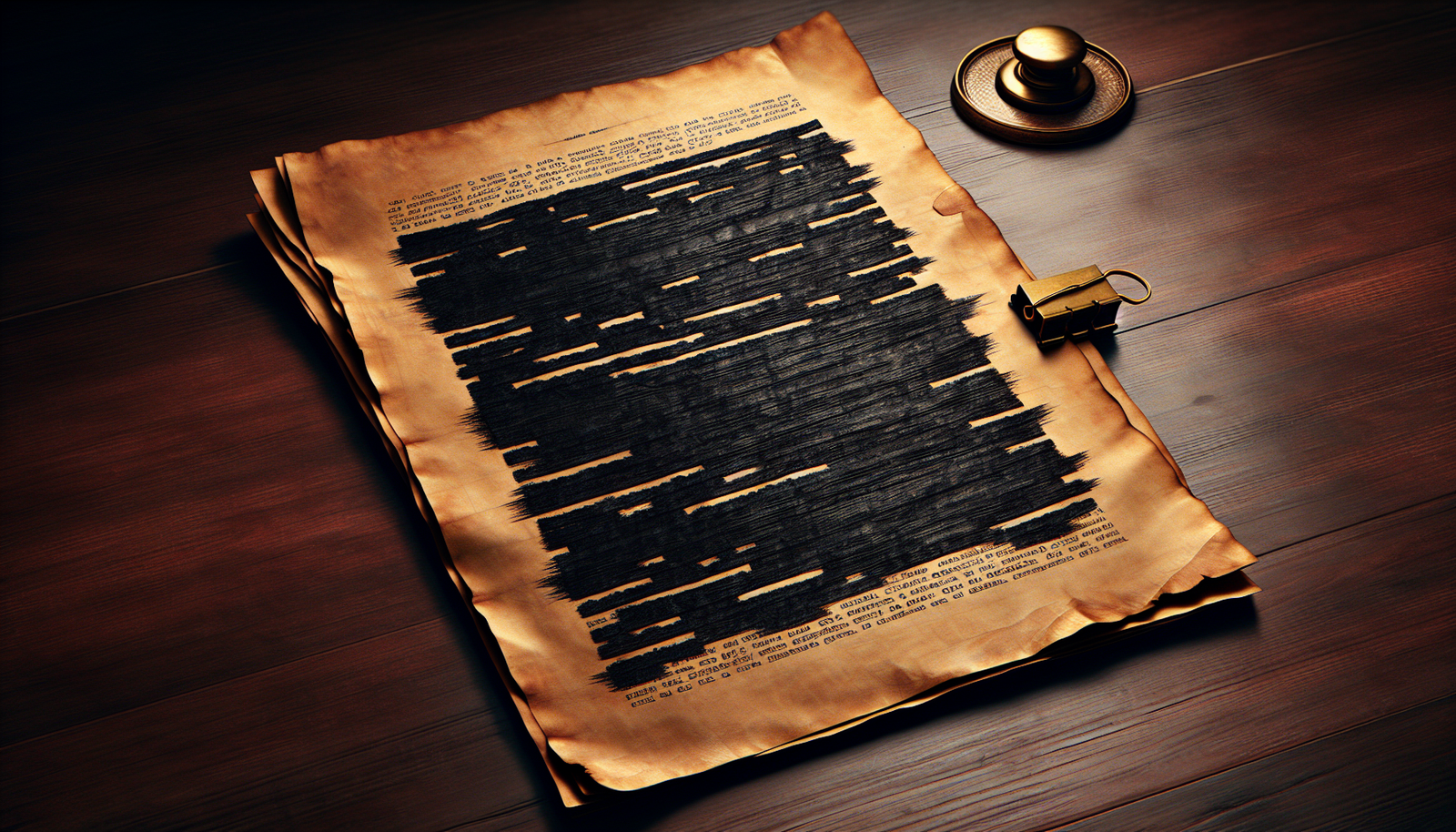
By Amara Okafor, Ufologist
I think most of us, deep down, are fascinated by secrets. There's an undeniable pull towards the hidden, the things governments and powerful organizations don't want us to know. It’s like wanting to peek backstage after a magic show. And when it comes to secrets, few organizations conjure up more intrigue than the Central Intelligence Agency. For decades, much of its work remained shrouded in classified darkness. But sometimes, just sometimes, the curtains are pulled back, offering us a glimpse through declassified files. These aren't just dusty bureaucratic papers; they are windows into a hidden history, revealing operations that bordered on science fiction, startling failures, covert triumphs, and the often complex, sometimes ethically murky, machinery of American intelligence. These released documents, accessible through channels like the Freedom of Information Act and dedicated archives, provide unique and invaluable insights into the sheer breadth of the CIA's activities. They show us everything from explorations into the paranormal that sound utterly bizarre, to confirmations of long-whispered rumors like Area 51, and critically important details about historically significant events that challenge our perceptions. Declassified CIA files continuously reshape our understanding of pivotal moments and raise ongoing questions about government transparency, accountability, and just how far intelligence work can, or should, go. So, let's crack open the vault and explore some of the most intriguing, shocking, and revealing stories locked within these once-secret folders.
Accessing the Archives: A Glimpse into the Vault
Getting your hands on these formerly secret documents isn't quite like finding a treasure map, but it does involve navigating a specific landscape. The journey of a document from "Top Secret" to public viewing usually happens through the Freedom of Information Act (FOIA), where citizens, journalists, and historians can request specific information. Beyond individual requests, there are also mandatory declassification reviews and sweeping executive orders that compel agencies to reassess older classified material. Sometimes, public pressure and specific legislation, like the remarkably powerful President John F. Kennedy Assassination Records Collection Act of 1992, act as catalysts, mandating the release of files related to particular events. This JFK Act, for example, established an independent board and aimed for release without censorship, setting a high bar for transparency.
However, opening these files often reveals another layer of secrecy: redactions. Those blocks of black ink scattered across the pages are their own kind of maddening puzzle. Information is typically withheld to protect intelligence sources, operational methods, or ongoing national security concerns. It’s a constant balancing act between the public's right to know and the government's perceived need for secrecy. To make things even more complex for researchers, the declassification process isn't always consistent. As the Wilson Center noted when comparing different releases of National Intelligence Dailys, the same document might be released years apart with vastly different amounts of information blacked out. Sometimes it seems like a case of "double dipping," hoping no one notices the overlap, or perhaps just different reviewers interpreting guidelines differently over time. It underscores the challenge of piecing together a truly complete historical picture.
So, where do you embark on this quest for knowledge? The CIA itself maintains a FOIA Electronic Reading Room on its website (cia.gov), a digital portal offering access to a significant collection. For those seeking a more traditional archive experience, the National Archives and Records Administration (NARA) in College Park, Maryland, holds original CIA records, designated as Record Group 263, though it's wise to check accessibility beforehand given the nature of the material. A key tool within NARA (and now thankfully online since 2017) is the CREST database – the CIA Records Search Tool. Imagine accessing over 10 million pages of documents spanning the 1950s to the 1990s, covering everything from the Cold War's hottest moments to UFO sightings! Independent organizations like the National Security Archive at George Washington University also play a vital role, using FOIA requests to dig out, organize, and highlight crucial documents, making the vast sea of information more navigable for everyone. They act like skilled curators, guiding us through the labyrinthine corridors of declassified history.
Confirming the Conspiracy (Sort of): The Area 51 Revelation
Ah, Area 51. For decades, the very name has been synonymous with UFOs, crashed saucers, and government cover-ups, fueling countless movies, TV shows, and late-night radio debates. The intense secrecy surrounding the Nevada test site practically begged for conspiracy theories. Then, in 2013, a 1992 CIA report, declassified thanks to a FOIA request by the National Security Archive, finally brought some official light to the subject. The report, focused on the history of the U-2 spy plane program, didn't just mention Area 51; it explicitly acknowledged it as a real government facility and even placed it on a map.
Now, for those hoping for confirmation of alien autopsies, the report offered a more terrestrial explanation. It noted that many of the mysterious UFO sightings reported in the area during the 1950s and 60s coincided with the testing of the U-2 and later aircraft like the SR-71 Blackbird. These planes flew at altitudes exceeding 60,000 feet, far higher than commercial airliners of the era. When sunlight glinted off their silver wings at such heights, they could easily appear as strange, unidentified flying objects to pilots below or observers on the ground. So, the "UFOs" were often, in fact, "ours."
While this explanation might seem less exciting than little green men, the declassification was historically significant. As CNet News and Foreign Policy pointed out at the time, although bits and pieces about the base had surfaced before, this was the first instance the government openly referred to Area 51 by that name and confirmed its existence as an official site. It validated decades of speculation, even if the truth involved cutting-edge Cold War technology rather than extraterrestrial visitors. Adding a touch of local color, T.D. Barnes, a radar expert who worked there in the late '60s, shared some of the other nicknames employees used for the base: Dreamland, Home Base, Groom Lake, and even Homey Airport. One moniker, "Watertown Strip," was apparently an inside joke referencing the hometown of then-CIA Director Allen Dulles. It's a reminder that even the most secret places have their own human histories and internal cultures.
Beyond Espionage: Exploring the Unconventional and Paranormal
If Area 51's reality check felt a bit too grounded, rest assured, the declassified files contain plenty that veers sharply into the strange and speculative. Enter Project Stargate, the code name for a collection of U.S. Army and later CIA-involved programs running from the 1970s into the 1990s. Their mission? To investigate the potential military and intelligence applications of psychic phenomena, particularly "remote viewing." The core idea was that certain individuals possessed the ability to psychically "see" or gather information about distant locations or hidden objects, regardless of physical distance.
Now, let's be clear: the overwhelming scientific consensus views remote viewing as pseudoscience, lacking credible, replicable evidence. However, the fact that serious resources were dedicated to exploring it during the Cold War speaks volumes about the anxieties and the willingness to explore *any* potential advantage during that era. These weren't just idle musings; they were structured programs with code names like GRILL FLAME, SUN STREAK, and SCANATE.
One of the most eyebrow-raising tales to emerge from these files involves Project Sun Streak and a purported attempt to locate the legendary Ark of the Covenant. According to documents first declassified in 2000 but which recently resurfaced sparking online buzz, a "viewer #32" was given geographical coordinates in 1988 and asked to describe what they "saw." The target, unknown to the viewer, was the Ark. Their description, documented in the files, sounds remarkably like the biblical artifact: a coffin-shaped container of wood, gold, and silver, adorned with winged seraphim. The viewer placed it underground, in a dark, damp Middle Eastern location, near domed buildings and Arabic speakers. But the truly bizarre part? They claimed it was guarded by "entities" that would destroy anyone attempting unauthorized access and that the Ark could only be opened when the "time is deemed correct." While intelligence veterans suggest this was likely a training exercise rather than a genuine operational search, the detailed account, complete with sketches, offers a wild glimpse into the kinds of unconventional targets these programs explored.
The paranormal explorations didn't stop there. Another declassified Stargate document details a test subject's claim of having remotely visited three alleged *alien bases*. Two were supposedly on Earth – one near Mount Hayes, Alaska, and another vaguely placed in South America or Africa. The third? On Titan, Saturn's largest moon. The subject described different inhabitants: seemingly human scientists on Titan, but beings with distinctly extraterrestrial features (large heads, indistinct faces) staffing the Earth bases. There was even a description of an "attractive female" with brown hair noted down – perhaps a detail proving the viewer's focus wasn't solely on strategic intelligence! Ultimately, Project Stargate was terminated in 1995, with the official conclusion that psychic abilities were not a reliable tool for intelligence gathering. A seemingly obvious outcome now, perhaps, but the journey there, documented in these files, remains a fascinating detour in intelligence history.
Unveiling the Controversial and Ethical Quandaries
Not all secrets unearthed from the files are merely strange; some are deeply disturbing, revealing controversial programs and raising serious ethical questions. Perhaps the most infamous is Project MK-Ultra. Running for roughly two decades from the early 1950s, this was the CIA's notorious, illegal program focused on mind control. Declassified documents, salvaged despite an order by then-Director Richard Helms to destroy all records (around 20,000 pages survived, forgotten in an offsite location), paint a chilling picture. The program involved human experimentation, often on unwitting subjects, using methods like psychoactive drugs (LSD and the potent hallucinogen BZ were favorites), electroshock therapy, sensory deprivation, hypnosis, and various forms of psychological and physical abuse.
The goals were manifold, exploring everything from extracting information to potentially programming individuals. Some documents chillingly ponder scenarios like, "Could we seize a subject and have him crash an airplane wreck a train Etc." Another detailed attempts under Project Artichoke (a precursor or related program) to brainwash a foreign official into carrying out an assassination – the real-life Manchurian Candidate scenario. The tragic story of Frank Olson, a U.S. Army biochemist working on MK-Ultra projects, exemplifies the human cost. Weeks after being unknowingly dosed with LSD by colleagues, Olson fell to his death from a 13th-floor hotel window in New York in 1953. Initially ruled a suicide, later investigations and evidence unearthed through declassified files suggested foul play, revealing he had been having serious doubts about the program's morality and was considered a security risk. He had reportedly witnessed brutal interrogations and lethal experiments in CIA safe houses in Europe. His death remains a dark stain on the program's legacy.
Another area where declassified files have raised red flags involves domestic surveillance. Documents revealed in recent years, championed by Senators Ron Wyden and Martin Heinrich, indicate the CIA has engaged in the secret bulk collection of private information belonging to Americans. The senators argued this collection occurred "outside the statutory framework that Congress and the public believe govern this collection." While the CIA's mandate is primarily foreign intelligence, the vast scope of modern data collection means Americans' communications and data inevitably get swept up. This revelation stirred familiar anxieties about privacy and government overreach, echoing the debates ignited by Edward Snowden's disclosures about NSA surveillance programs. Civil liberties groups immediately raised concerns, questioning what data was vacuumed up and how it was used, highlighting the tension between national security and individual privacy.
Beyond these large-scale programs, the files also expose specific, often morally questionable, psychological warfare tactics. Think the CIA playing on local fears can be effective? In the Philippines during the 1950s, agents reportedly learned of the local fear of a vampire-like creature called an Aswang. To disrupt an insurgent group, they allegedly staged a scene, murdering a captured soldier and leaving puncture marks on his neck to make it look like a vampire attack, terrifying the local villagers. In Vietnam, during Operation Wandering Soul, the agency played on the Vietnamese belief that the souls of those improperly buried wander aimlessly. They broadcast eerie, pre-recorded "ghost tapes" deep in the jungle at night – featuring spooky sounds and voices whispering things like "I am dead, I am in hell" – hoping to demoralize Vietcong soldiers. These tactics, while perhaps creative from a certain perspective, highlight a willingness to manipulate deep-seated cultural beliefs and fears, walking a fine ethical line.
Operations Exposed: From Elaborate Schemes to Shocking Proposals
The declassified archives are also littered with details of specific operations, ranging from the audacious and elaborate to the downright shocking. One plan that thankfully never left the drawing board was Operation Northwoods. Declassified documents revealed that in 1962, the U.S. Department of Defense seriously proposed that the CIA commit acts of terrorism *within the United States* – planting bombs, hijacking planes, even attacking ships carrying Cuban refugees – and then blaming it all on Fidel Castro's Cuba. The goal? To create a pretext for military intervention. This wasn't some low-level brainstorming; the plan received approval from the Joint Chiefs of Staff before ultimately being rejected by the Kennedy administration. Its revelation years later sent shockwaves, demonstrating the extreme, almost unthinkable measures considered at the height of Cold War paranoia.
Then there was Project Azorian, a real-world techno-thriller that unfolded in the deep Pacific during the 1970s. The mission: to secretly salvage a sunken Soviet Golf-class ballistic missile submarine, K-129, resting three miles beneath the waves. The potential prize was huge: nuclear missiles, torpedoes, cryptographic gear, and vital codebooks. The challenge was immense, not least because the Soviets kept a watchful eye on the wreck site. The CIA's ingenious, if incredibly expensive, solution involved partnering with eccentric billionaire Howard Hughes. They constructed a massive, purpose-built ship, the USNS Hughes Glomar Explorer, disguised as a deep-sea mining vessel. Concealed within was a giant mechanical claw designed to descend, grab the submarine wreckage, and lift it to the surface. Reports vary on the success; some suggest the claw malfunctioned, dropping part of the sub back to the ocean floor, while others claim key sections, including nuclear torpedoes, were recovered. The full truth remains classified, but Project Azorian stands as a testament to the incredible lengths and technological prowess the agency employed to gain an edge over its rivals.
Even the Space Race wasn't immune to covert shenanigans. Declassified reports detail the "kidnapping" of the Lunic, a Soviet satellite. Apparently, during a multinational exhibition tour in the early 1960s, CIA agents managed to persuade the truck driver transporting the satellite to take an extended break. During this time, the agents allegedly "borrowed" the Orbiter, hastily disassembled it, photographed every component, and then carefully put it back together on the truck before the driver returned. While audacious, the intelligence haul was reportedly limited. The satellite was just a display model, missing its engine and most key electronics, yielding only measurements and structural data. Furthermore, the Soviets ultimately beat the US in sending the first human to space shortly after, rendering the intelligence gain somewhat moot. Still, it’s a remarkable story of Cold War espionage daring.
Reshaping Historical Narratives: Insights into Key Events and Foreign Relations
Perhaps the most profound impact of declassified CIA files lies in their ability to reshape our understanding of major historical events and international relations. The ongoing release of documents related to the assassinations of President John F. Kennedy, Senator Robert F. Kennedy, and Dr. Martin Luther King, Jr., driven by the JFK Act and sustained public interest, is a prime example. While these files haven't produced a smoking gun proving alternate assassination theories, they have provided what historian Fredrik Logevall calls "enhanced clarity." Unredacted versions of previously released documents fill in crucial blanks, revealing names, operational details, and the broader context of CIA activities at the time.
For instance, the fully declassified CIA Inspector General's report on the 1961 assassination of Rafael Trujillo, the brutal dictator of the Dominican Republic, now names the specific CIA officers involved in supporting the plotters, along with their code names and details about the cover operation (EM/DEED) and the assassination plot itself (EM/SLOOH). Files also illuminate the agency's deep involvement in volatile regions like Cuba and Mexico during the early 1960s, providing granular details about covert operations, shell companies, and expenditures that paint a much richer picture of U.S. interventionism.
One particularly stunning revelation concerns the sheer scale of CIA infiltration under diplomatic cover. A Top Secret 1961 memorandum from presidential aide Arthur Schlesinger Jr. to President Kennedy, now fully declassified, reported that a staggering "47 percent of the political officers serving in United States embassies were CAS" – Controlled American Sources, a euphemism for intelligence agents. Think about that: nearly half the people presenting themselves as diplomats in embassies worldwide were actually working for the CIA. The memo cited specific examples: in the U.S. Embassy in Paris, 123 staff members were undercover CIA agents, while in Chile, 11 out of 13 "political officers" were CIA operatives. Schlesinger noted the CIA had almost as many personnel under official cover overseas (3,700) as the State Department itself (3,900). This wasn't just a few spies sprinkled here and there; it was a massive shadow diplomatic corps, profoundly altering our perception of how U.S. foreign policy was conducted during the Cold War.
The files also chronicle less successful, sometimes almost quixotic, intelligence pursuits, such as the lingering hunt for Adolf Hitler long after his confirmed death in 1945. Despite possessing autopsy reports, CIA field agents in the 1940s and 50s continued to follow up on rumors and supposed sightings of the Nazi leader in South America. An October 1945 file mentions investigating a spa hotel in Argentina as a potential refuge. A decade later, in October 1955, an agent code-named "CIMELODY-3" reported receiving a photograph allegedly showing a former SS soldier named Phillip Citroen with a man resembling Hitler (going by "Adolf Schrittelmayor") in Tunja, Colombia. While agents were approved to investigate further, a subsequent note suggested dropping the matter due to the "remote possibilities of establishing anything concrete." These files don't rewrite the history of Hitler's demise, but they do show the agency dedicating resources to chasing down persistent conspiracy theories, perhaps reflecting the uncertainty and paranoia of the post-war era. They also exist alongside the grim reality that many actual high-ranking Nazis, like Adolf Eichmann and Josef Mengele, *did* successfully use "ratlines" to escape to South America, becoming targets of later, very real, intelligence operations and man hunts. Argentina's recent announcement about preparing to declassify its own files on Nazi fugitives could shed even more light on this dark chapter.
Debunking the Myths: Separating Fact from Fiction in the Declassified Files
While declassified files can confirm hidden truths, they can also be the source of persistent misinformation if not read critically. A perfect case study is the sensational story about aliens turning 23 Soviet soldiers into stone. This narrative exploded online recently, fueled by claims that a "declassified CIA document" proved the otherworldly encounter happened after Soviet troops supposedly shot down a UFO in Ukraine in 1987. The story allegedly involved five humanoid aliens emerging from the wreckage, merging into a glowing sphere, and petrifying the soldiers with a flash of light, leaving only two survivors who were shielded in the shade.
Sounds like a blockbuster movie plot, right? Well, according to fact-checkers like Snopes, that's precisely what it is. Yes, there *is* a document mentioning this on the CIA's own website, available through their FOIA Reading Room. However, digging into the document itself reveals it's not an official CIA report confirming the incident. Instead, it's merely a translation of a 1993 article from a Ukrainian newspaper, *Holos Ukrayiny*. And where did that newspaper get the story? It explicitly credits "the authoritative magazine Canadian Weekly World News." The *Weekly World News*, of course, was a U.S. tabloid famous for publishing fabricated and sensational stories (think Bat Boy). The CIA document notes the Ukrainian story was a reprint from another paper, *Ternopil Vechirniy*, which cited the *Weekly World News* article titled "Cosmic Revenge."
Furthermore, the CIA document itself is marked "UNCLAS," indicating it was never classified to begin with. Therefore, it couldn't have been "declassified." What the file represents is the CIA's Foreign Broadcast Information Service monitoring foreign press, translating articles of potential interest – even wildly outlandish ones – and archiving them. The agency wasn't endorsing the story; it was simply recording what was being published elsewhere. This "stone soldiers" saga serves as a crucial reminder: just because a document resides in an official archive or on a government website doesn't automatically mean its contents are factual or represent the agency's official findings. It highlights the absolute necessity of examining the source, context, and nature of any declassified document before accepting its claims at face value. Sometimes the files document not covert operations, but the spread of Cold War-era myths and tabloid fantasies.
The Ongoing Ripple Effect: Declassified Files and Contemporary Issues
The revelations contained within declassified CIA files aren't just historical curiosities; they often resonate with contemporary issues and continue to fuel ongoing debates. Take Operation Mockingbird, the alleged CIA program to influence domestic and foreign media. While the full extent and structure remain contested, documents and testimonies emerging in the 1970s confirmed the agency *did* cultivate relationships with journalists, editors, and media owners, sometimes placing agents within news organizations or funding publications to promote specific narratives or combat Soviet propaganda. Learning about programs like Radio Free Europe/Radio Liberty being CIA-backed operations, or reading memos discussing how to "encourage" journalists to write desired articles, inevitably raises questions about press independence and the potential for hidden government influence on the information we consume – questions that remain highly relevant today.
Similarly, the disclosures about past government surveillance, like the bulk collection of American data or the abuses under COINTELPRO (an FBI program often intertwined with CIA interests), provide crucial context for modern debates about privacy in the digital age. Understanding the historical precedents for government overreach informs discussions about the Patriot Act, FISA courts, and the balance between security and civil liberties. When we learn about past excesses, it underscores the importance of robust oversight and clear legal frameworks governing intelligence activities today.
Ultimately, the process of declassification is fundamentally about transparency and accountability. Releasing these records, even decades later, allows the public, historians, and policymakers to scrutinize the actions of powerful, secretive institutions. It helps restore public confidence (or confirms long-held suspicions) and provides invaluable lessons learned – or ignored – from past operations. The JFK Act, for all the debate surrounding the assassination itself, stands as a landmark achievement in mandating openness. The continued release of files, whether related to decades-old covert actions or more recent events like the Jeffrey Epstein case, demonstrates an ongoing, albeit sometimes slow and contested, push towards lifting the veil. The secrets held within these files continue to ripple outwards, challenging us to grapple with our history and demand accountability from those who operate in the shadows.
From Bigfoot to UFOs: Hangar 1 Publishing Has You Covered!
Explore Untold Stories: Venture into the world of UFOs, cryptids, Bigfoot, and beyond. Every story is a journey into the extraordinary.
Immersive Book Technology: Experience real videos, sights, and sounds within our books. Its not just reading; its an adventure.








